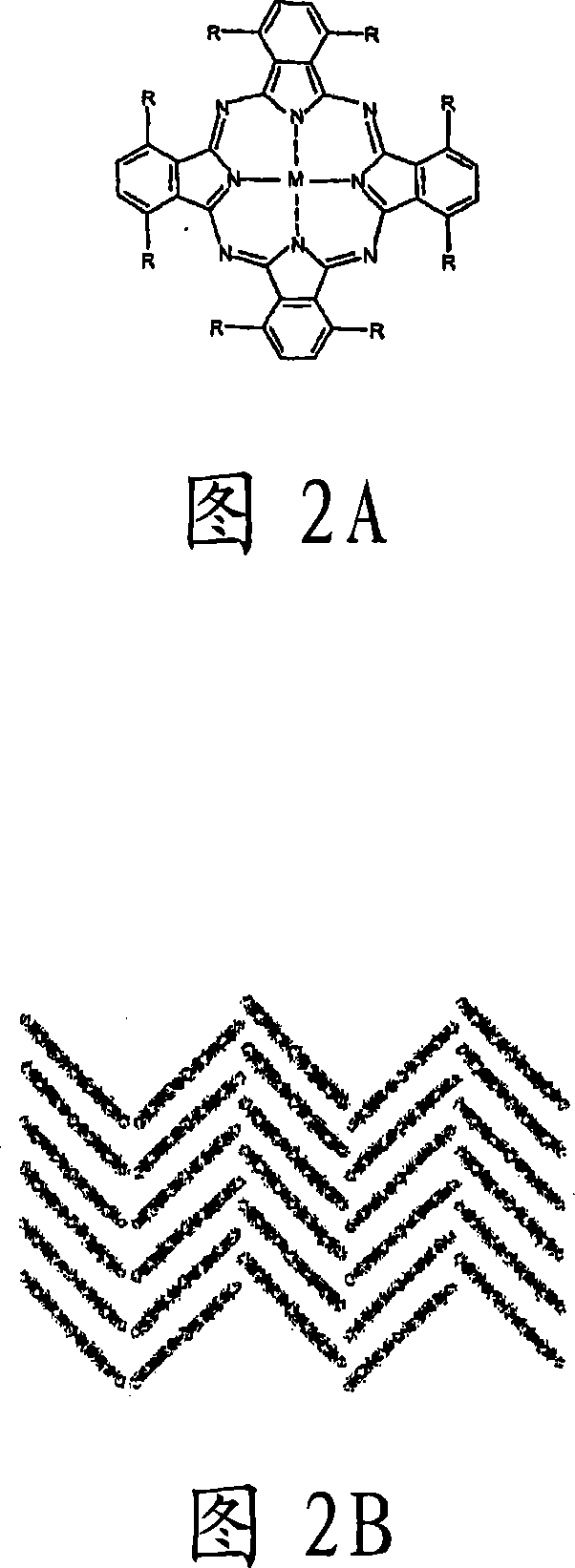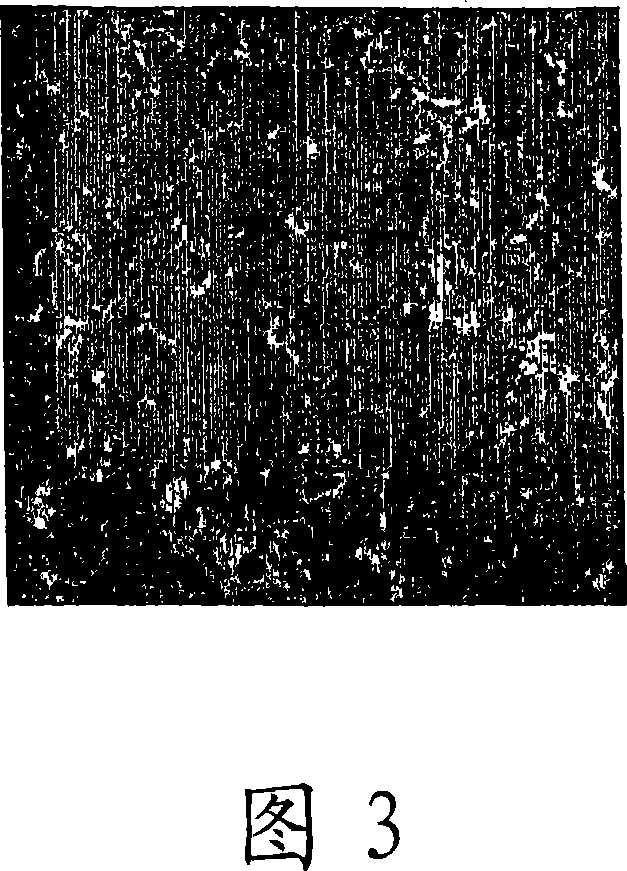Improvements in thin film production
A film and modification technology, applied in the field of devices with the film, to achieve good device performance, improve device efficiency, and high-efficiency injection/extraction effects
- Summary
- Abstract
- Description
- Claims
- Application Information
AI Technical Summary
Problems solved by technology
Method used
Image
Examples
no. 1 approach
[0050] In order to fabricate thin film devices comprising composites of carbon nanotubes and molecular semiconductor materials, the following several stages are required: (i) preparation of a stable composite solution of carbon nanotubes and molecular semiconductor materials; (ii) processing of the composite solution to form Thin films with uniform distribution of carbon nanotubes; (iii) Fabrication of electronic devices using carbon nanotube-molecular semiconductor thin films.
[0051] The first stage is to grow the carbon nanotube material using any known carbon nanotube growth method. As noted above, carbon nanotubes can be synthesized by several different methods including chemical vapor deposition (CVD), arc discharge, and laser ablation. In this embodiment, the carbon nanotubes are grown using a high temperature CVD method, as is known in the art.
[0052] The resulting carbon nanotubes are carbon nanotubes bundled together and thus need to be unwound from this state. ...
no. 2 approach
[0103] As described in this embodiment mode, the present invention can also be used in organic light emitting diodes (OLEDs).
[0104] OLEDs consist of one or more semiconducting organic films sandwiched between two electrodes.
[0105] Figure 9A shows a schematic diagram of a model bilayer OLED device according to this embodiment. The device includes a transparent anode 901 . Next to the transparent anode 901 are two organic layers, namely a hole transport layer 902 and an emitter layer 903 . Next to the emitter layer is the cathode 904 . An external power source 905 is also illustrated in the figure. Light 906 is generated in emitter layer 903 and exits the device through hole transport layer 902 and anode 901 .
[0106] Figure 9B shows an energy band diagram corresponding to the OLED device shown in Figure 9A. When a forward bias voltage is applied to the electrodes via an external power source (905), holes are injected from the anode 901 into the hole transport layer ...
PUM
| Property | Measurement | Unit |
|---|---|---|
| Diameter | aaaaa | aaaaa |
| Thickness | aaaaa | aaaaa |
Abstract
Description
Claims
Application Information
 Login to View More
Login to View More - R&D
- Intellectual Property
- Life Sciences
- Materials
- Tech Scout
- Unparalleled Data Quality
- Higher Quality Content
- 60% Fewer Hallucinations
Browse by: Latest US Patents, China's latest patents, Technical Efficacy Thesaurus, Application Domain, Technology Topic, Popular Technical Reports.
© 2025 PatSnap. All rights reserved.Legal|Privacy policy|Modern Slavery Act Transparency Statement|Sitemap|About US| Contact US: help@patsnap.com



